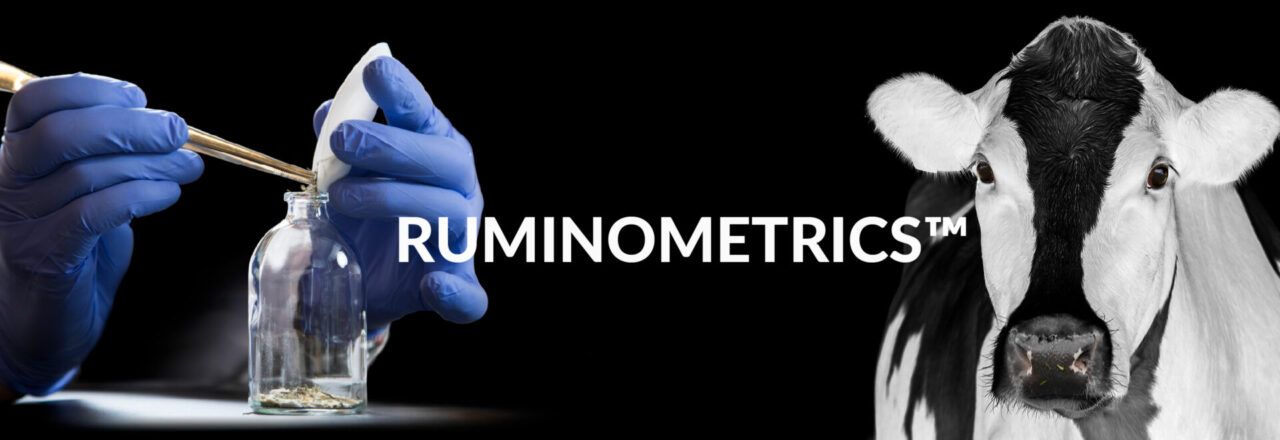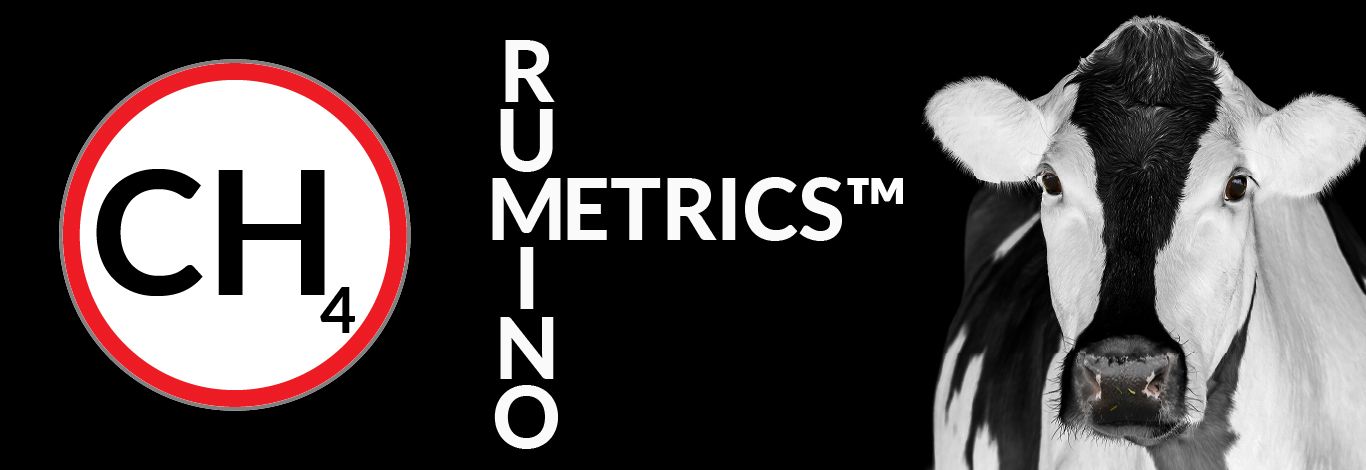As climate change intensifies and the spotlight on greenhouse gas emissions grows, the agricultural sector faces increasing pressure to reduce its carbon footprint. One of the most frequently cited contributors to these emissions is methane from livestock, particularly ruminants. Read this blog by Teemu Rinttilä, Head of Research Services on how our unique ex vivo model can support the search for solutions.
Due to anaerobic fermentation in the rumen – a natural digestive process in ruminant animals – dairy cows can emit between 100 and 200 kilograms of methane annually. Methane is produced by methanogenic archaea that use hydrogen generated during fermentation to reduce carbon dioxide, releasing methane primarily through belching.
Finding ways to inhibit or minimize methane production is more important than ever for sustainable livestock production. This has sparked an intense search for effective feed additives that can reduce methane emissions without compromising productivity. By targeting the biological processes responsible for methane production, the right additives can address both environmental and economic challenges in livestock management.

Cutting-edge feed additive testing with the Ruminometrics™ fermentation model
To effectively identify and evaluate methane inhibitors, accurate and efficient testing methods are essential. This is where our Ruminometrics™ ex vivo fermentation model stands out. Designed to mimic natural rumen conditions using fresh rumen fluid, total mixed ration (TMR), and anaerobic buffer, the model provides an advanced approach to evaluating feed additives under controlled and realistic conditions.
The Ruminometrics™ model features continuous, 24-hour batch fermentation with gas production monitored at multiple time points. All gases are collected and stored in vacuumized vessels containing ethane as an internal standard, ensuring precise methane quantification for each simulation vessel.
High-throughput efficiency for rapid insights
A key advantage of the Ruminometrics™ model is its scalability. With the capacity to run up to 120 simulation vessels simultaneously, it enables efficient comparative analysis of multiple feed additives and dosing strategies in a single experiment. This high-throughput approach accelerates the identification of effective methane inhibitors, streamlining product development and innovation.
Beyond methane: Unlocking key rumen fermentation metrics
In addition to gas analysis, the Ruminometrics™ model delivers a wide array of data essential for evaluating feed additives. These include key fermentation parameters such as short-chain fatty acids (SCFAs), feed digestibility metrics, and rumen microbial populations, including methanogens and protozoa.
- SCFAs are vital indicators of fermentation efficiency in the rumen. Monitoring these bacterial metabolites offers insights into how a feed additive influences energy availability – critical for both methane reduction and livestock productivity.
- Microbial profiling reveals shifts in the rumen microbiota, providing a deeper understanding of how feed additives influence microbial balance and functionality. Protozoa, meanwhile, play a central role in fermentation dynamics and methane production.
- The Ruminometrics model also measures dry matter and neutral detergent fibre (NDF) digestibility – key indicators of nutrient absorption and fiber breakdown.
These metrics offer further insights into rumen efficiency and the ability of feed additives to enhance digestion.

What sets our model apart?
- Precision and reliability: With precise methane quantification and comprehensive analysis of fermentation by-products, the Ruminometrics™ ensures unmatched accuracy in evaluating feed additives.
- High-throughput capacity: Up to 120 vessels can be run simultaneously, accelerating product testing and enabling faster decision-making.
- Holistic data analysis: Comprehensive insights into methane production, rumen microbial composition, fermentation efficiency, and digestibility allow for multidimensional performance evaluation of feed additives.
- Scalability and flexibility: Whether you’re testing a single additive or conducting comparative analyses, the model adapts to various research needs and supports the identification of the most effective solutions.
Discover the potential of the Ruminometrics™ fermentation model to develop feed additives that not only reduce methane emissions but also improve ruminant health and productivity.
With its high-throughput capabilities and scientifically grounded approach, the model helps accelerate R&D by delivering the insights needed to drive sustainable and economically viable innovations in animal nutrition.

